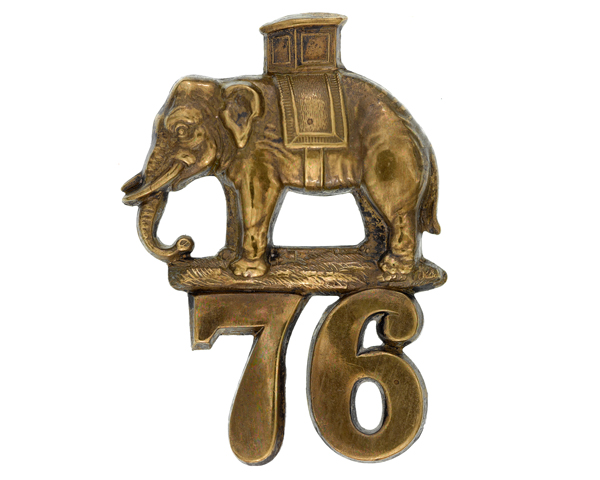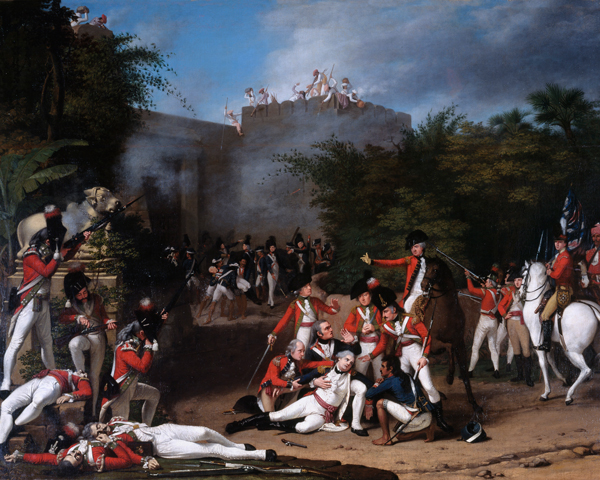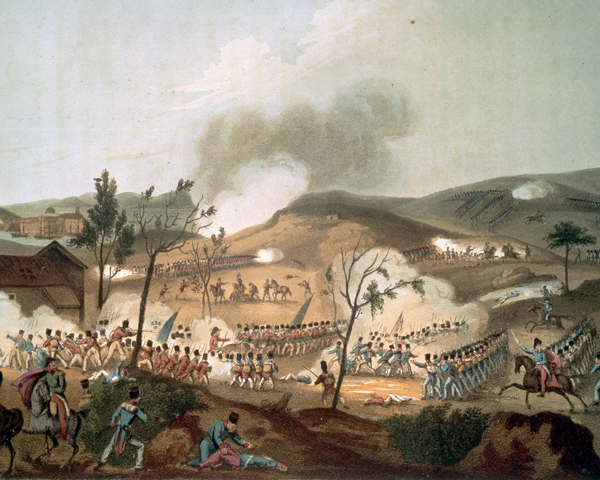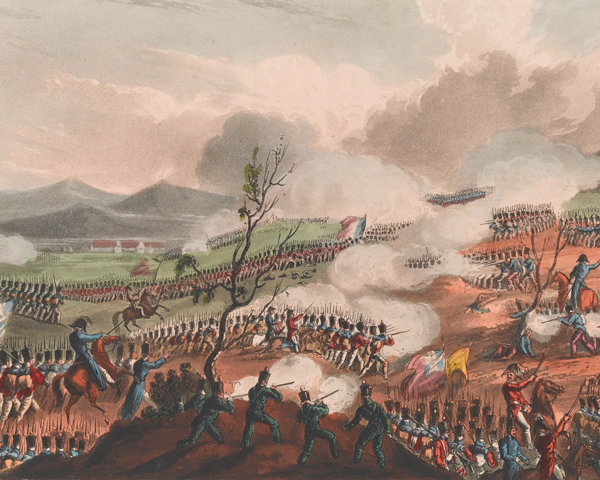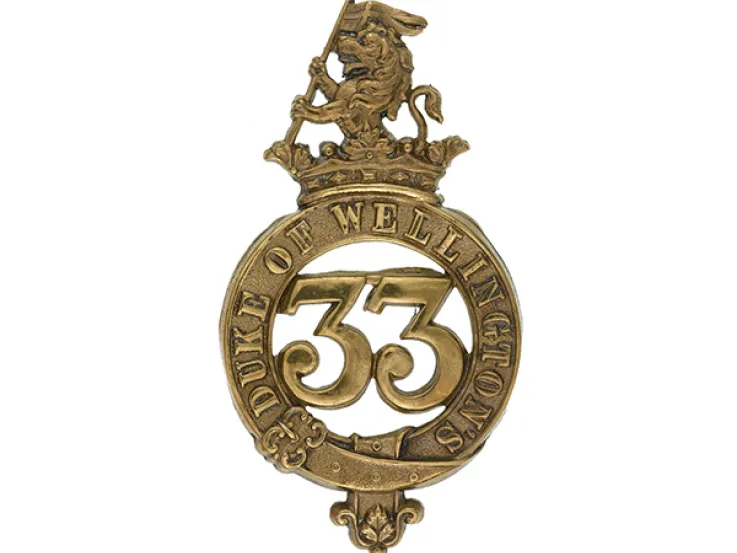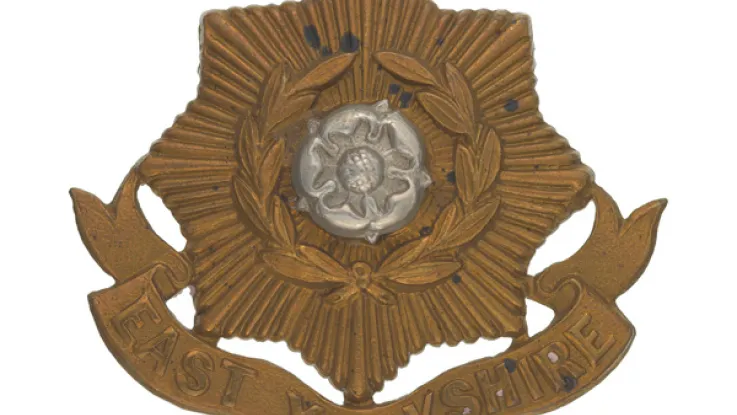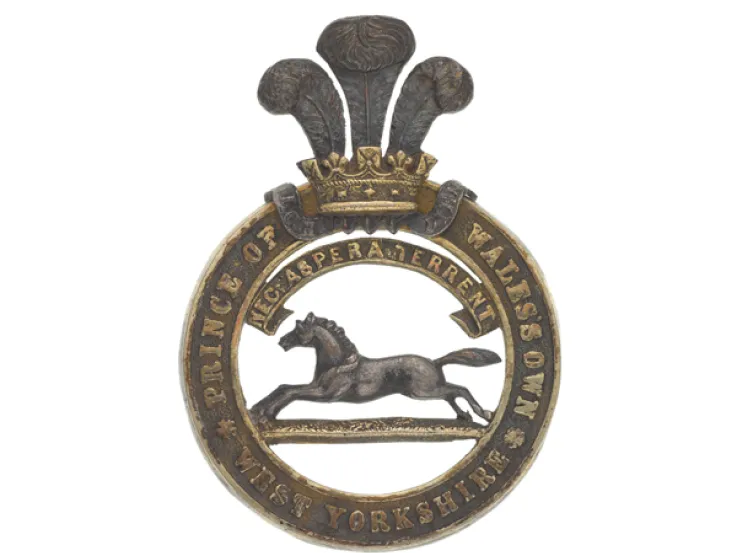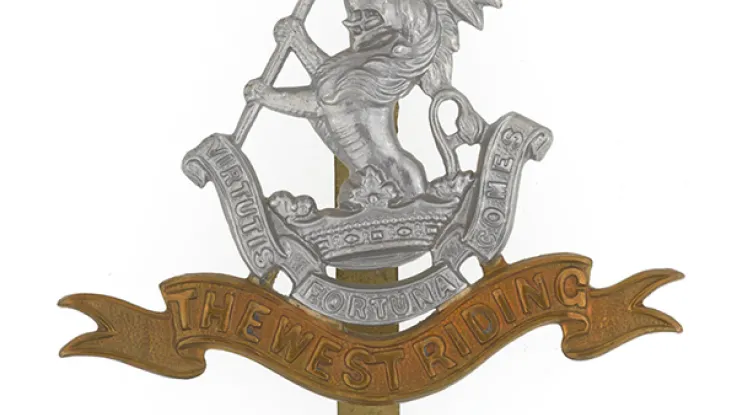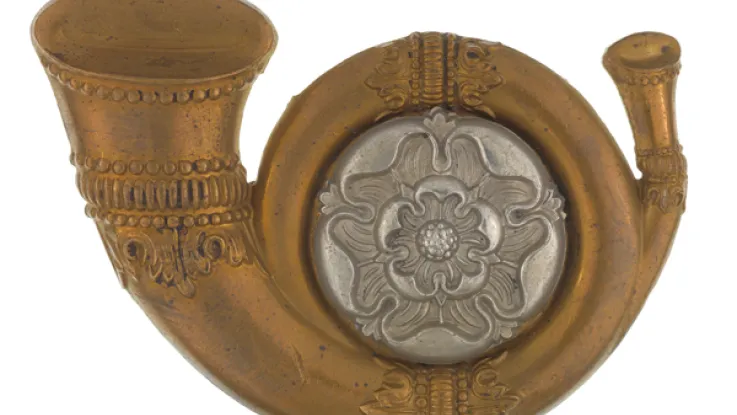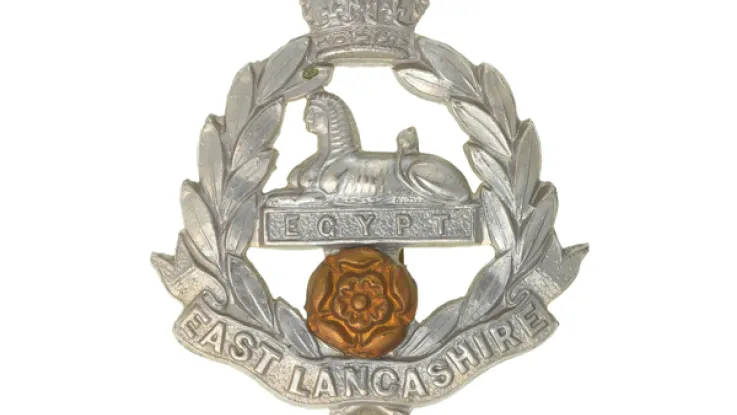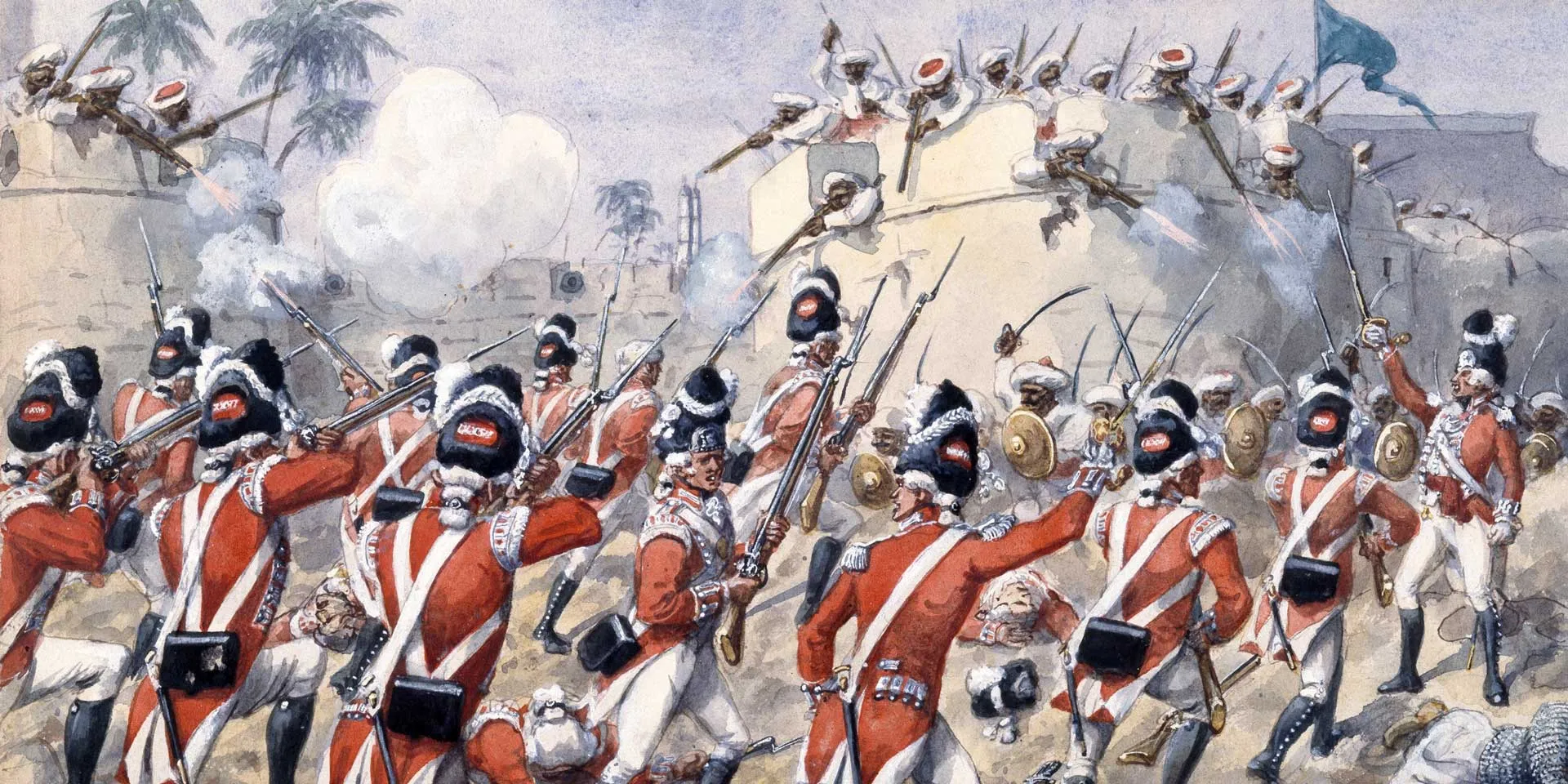
Grenadiers of the 76th Foot at the Battle of Arakere, 15 May 1791
Origins
In 1787, during a period of high tension in India between Britain and France, the East India Company began raising regiments to help defend its interests there. However, the threat of war soon passed and the Company refused to pay for these troops or embark them on its troopships.
In response, the British government passed the East India Declaratory Act, requiring that troops raised to defend an overseas territory should be funded by that same territory. As a result, the British Army took the regiments on strength, but the East India Company was forced to pay.
One of the four units raised was the 76th Regiment of Foot. It had no links to two previous line regiments with that number. Arthur Wellesley (the future Duke of Wellington) was attached to the regiment as a subaltern at its formation.
Early deployments
The regiment was shipped to India in 1788 and stayed there for almost 20 years. It fought in the Third Mysore War (1790-92) at Bangalore (1791), Arakere (1791) and Seringapatam (1792).
It later fought in the Second Maratha War (1803-05). This service included the actions at Aligarh, Delhi and Laswari in 1803, where it was the only British infantry regiment involved.
In recognition of its Indian service, the 76th Foot was granted an elephant cap badge and the battle honour ‘Hindoostan’ by King George III, as well as an honorary stand of colours.
'Bring me my boots and the 76th Regiment of Foot and I am ready to go anywhere.'General Lord Lake, Commander-in-Chief India — c1803
Napoleonic Wars
It returned to England in 1806 and briefly garrisoned Jersey the following year, before moving to Spain for the Peninsular War (1808-14). It fought in the retreat to Corunna in 1809 and later that year was sent on the abortive Walcheren Expedition to the Netherlands.
It spent three years in Ireland from 1810 - the first of five postings there - before returning to the Peninsula in 1813 and fighting its way across the Pyrenees.
19th century
In 1814, it deployed to Canada for the closing stages of the War of 1812 (1812-15). It stayed there on garrison duties for 12 years, followed by seven years in the West Indies from 1834.
It was back in Canada briefly in 1841 and 1853, garrisoning Corfu and Malta in the interim. Another long Indian posting followed from 1863, lasting 13 years and also including time in Burma.
Legacy
The regiment was back in Ireland in 1881, when it merged with the 33rd (The Duke of Wellington’s) Regiment of Foot to form The Duke of Wellington’s Regiment (West Riding).
Regimental museums
The National Army Museum works with a network of Regimental and Corps Museums across the UK to help preserve and share the history and traditions of the Army and its soldiers.
Discover more about the 76th Regiment of Foot by visiting the Duke of Wellington's Regiment Museum in Halifax.

